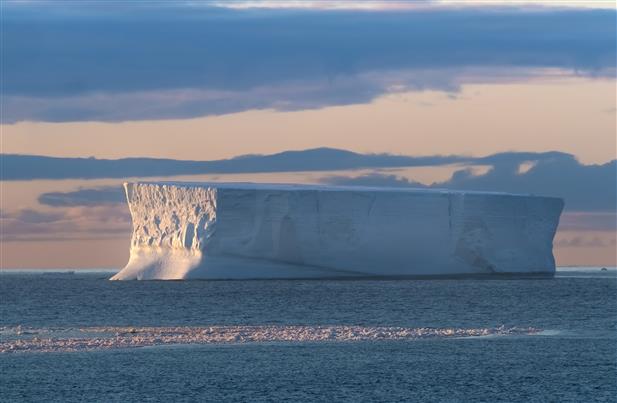The world’s largest iceberg, which has been lodged on the ocean floor near Antarctica for 30 years, has finally broken free and could pose a threat to wildlife. Known as Iceberg A23a, it originally broke off from the Ronne Ice Shelf and has been floating in the Weddell Sea since 1986. With a size of 1,500 square miles and weighing nearly a trillion metric tons, it is three times the size of New York City, making it the world’s largest iceberg. It is now on a trajectory to leave Antarctic shallows and enter the Southern Ocean through a path called “iceberg alley.” Glaciologists have been monitoring its movement using satellite imagery and have observed that it is accelerating as it moves away from the shore. This acceleration may be due to the iceberg thinning over the past few decades, giving it more buoyancy. However, there are concerns that the iceberg could cause issues when it reaches South Georgia Island, potentially blocking access to food for seals, penguins, and other seabirds that breed there. If it bypasses South Georgia, the iceberg could continue towards South Africa, disrupting shipping lanes. Similar to other large icebergs, such as A76 and A68, it may break into smaller fragments as it enters warmer waters. Additionally, the melting iceberg could release minerals gathered during its time as a glacier, providing some nutrients to organisms in the area, although not enough to compensate for the potential loss of food access in the short term.
Iceberg A23a Breaks Free: Wildlife at Risk as World’s Largest Iceberg Drifts from Antarctica

